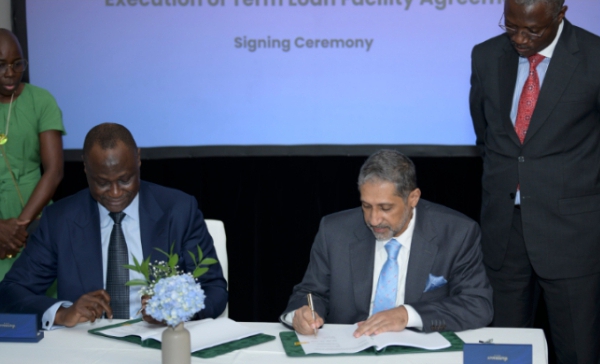By Oke Peter
The Petroleum Products Pricing Regulatory Agency has announced that Nigeria exceeded its Liquefied Petroleum Gas consumption target for the month of January 2020. The LPG is popularly called cooking gas in Nigeria.
Specifically, the PPPRA said Nigeria recorded about 89,910 metric tonnes of national consumption of the LPG in January.
The PPPRA is the custodian of the country’s petroleum products databank, and provides data for all petroleum products operations across the country, whether imports or local.
Its Executive Secretary, Abdulkadir Saidu, said recently in Abuja that “according to government’s priority objective of attaining five million metric tonnes of the LPG consumption by the year 2022, which puts the national consumption target at 83,330MT per month from 2018 to 2022 estimates, Nigeria has recorded 89,910MT LPG utilisation in the month of January 2020 with a positive variance of 7.9 per cent above the targeted estimated figure.”

He further stated that the Federal Government had demonstrated its commitment to gas revolution by constituting and inaugurating the National Gas Expansion Programme committee.
Saidu said the committee would drive the deepening of the LPG penetration, as well as Compressed Natural Gas auto-gas utilisation, among other gas utilisation objectives in collaboration with all relevant stakeholders.
He observed that in the past two years, domestic LPG consumption had steadily been on the upward swing.
The agency said the upsurge could be attributed to the impact of the Federal Government’s policies and programmes on deepening the LPG penetration nationwide.
It said increased awareness and utilisation of the LPG in the domestic economy, and the improved performance of private sector operators in the products supply and distribution chain were also contributory to the upsurge.
Others, according to the agency, are the entry of new investors to the sector as a result of the conducive environment created and inclusion of new the LPG storage and reception facilities in the NLNG domestic supply chain.
The agency noted that given the current trend, the Federal Government’s target of five million metric tonnes by 2022 was achievable if the current tempo of sensitisation and coordination was sustained and improved upon by the government, regulators and industry players.








